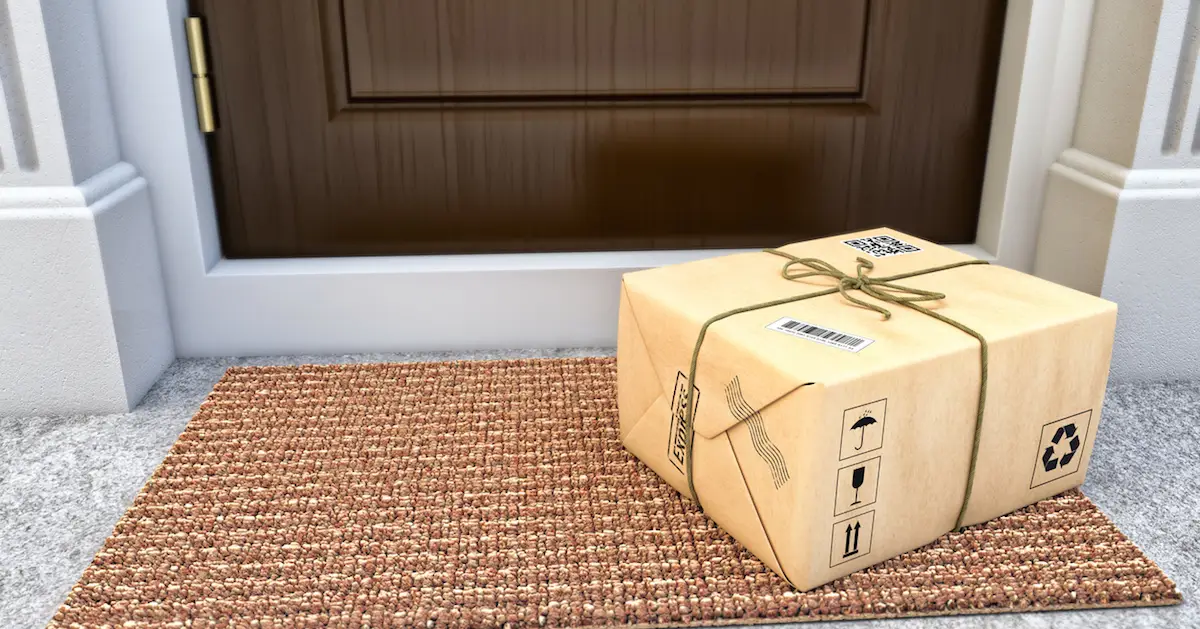Ever-changing Landscape of Retail
Undoubtedly, the world of retail has undergone a profound transformation driven by the huge growth of ecommerce. Over the past 15 years, we have witnessed a shift from traditional brick- and-mortar retail to the realm of online shopping. As internet penetration continues to surge, the convenience and accessibility of online shopping continues to entice customers. This shift has been propelled by a desire for convenience and the ability to shop from the comfort of one’s home.
However, in the midst of the ecommerce frenzy, we still see a desire for the physical, in-store retail experience. In a post-Covid world, consumers have gotten tired of ordering everything online and wanted to step foot back in their local stores. It is clear that we cannot overlook the enduring appeal of the brick-and-mortar retail experience- after all, ecommerce only represents 15% of all retail sales, making 85% brick-and-mortar sales. Physical stores continue to play a major role in the retail ecosystem, offering consumers the opportunity to engage with products firsthand, seek personalized assistance, and enjoy a sensory shopping experience.
Why Brick-and-Mortar Is Here to Stay
With the undying appeal that only physical retail can offer, retailers have implemented new ways of pleasing their customers in this new age of convenience and rapid delivery. Getting the right product on the floor, while balancing between stock out and overstock has always been a tricky situation for retailers. Most retailers are making bets on what their customers are going to want– color, size, style, fabric, etc. When independent retailers buy inventory, their cash is tied up into product sitting on the floor– they’re waiting for customers to buy their product for them to realize the investment. This begs the question: How can retailers bridge the gap between customer demands and inventory limitations?
What is DropShipping?
Dropshipping in a way that has alleviated some of these issues. Under the dropshipping model, retailers do not need to maintain inventory of the products they are selling. It’s a low-risk, high reward. Retailers’ role is to connect the customer with the wholesaler, streamlining operations and simplifying unnecessary work for both customer, brand supplier and retailer. However, dropshipping and the digital supply chain has been mostly geared towards larger retailers– there has not been many ways that independent brick-and-mortar retailers can expand their business in this ever growing landscape of easy accessibility
ShopDot: Virtual Stockroom for Brick-and-Mortar stores.
ShopDot introduces a new model that empowers retailers to access inventory directly from brands, enabling them to sell products directly to customers without these traditional inventory risks. ShopDot integrates with existing platforms and processes, like Shopify, making it easy for brands to share their available products and enable dropshipping for their customers.
ShopDot isn’t just for the big players; it’s for your independent, local brick-and-mortar retailers. The platform streamlines operations and eases the burden of inventory management, allowing small retailers to focus on what they do best – providing exceptional in-store experiences. With dropshipping capabilities and simplified operations, any retailer can offer a wide range of products to their customers without worrying about their cash flow. At the end of the day, all retailers want is to please their customers– ShopDot offers retailers the freedom to make purchases with flexibility, helping them circumvent challenging inventory procedures and prevent customer dissatisfaction.

